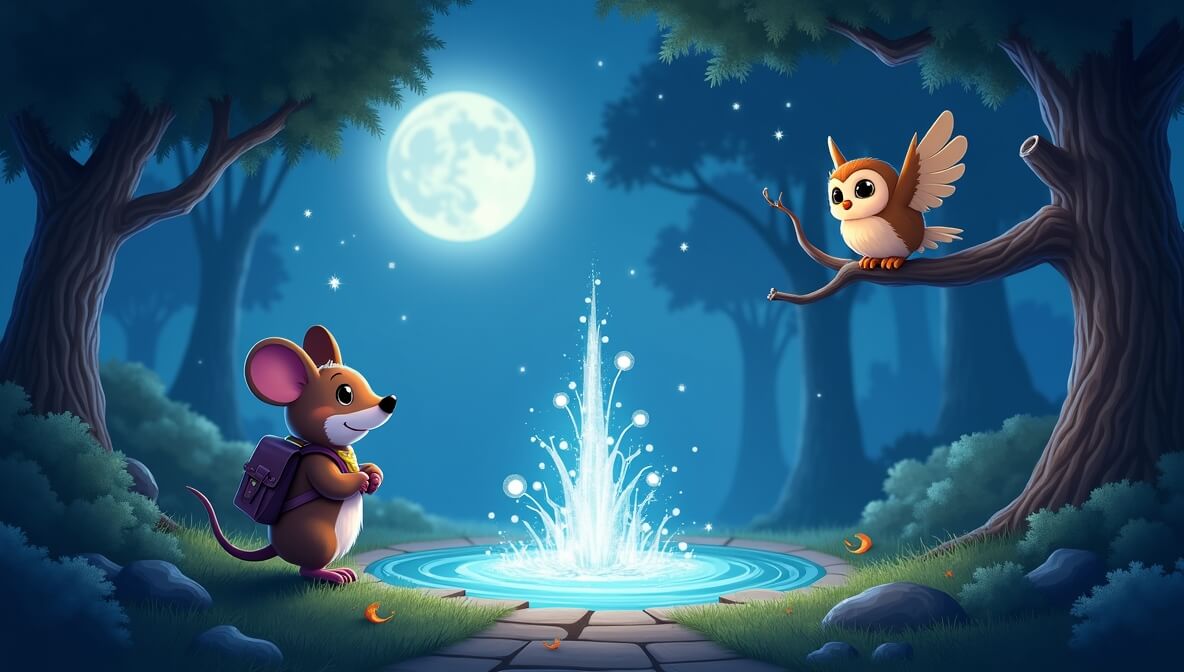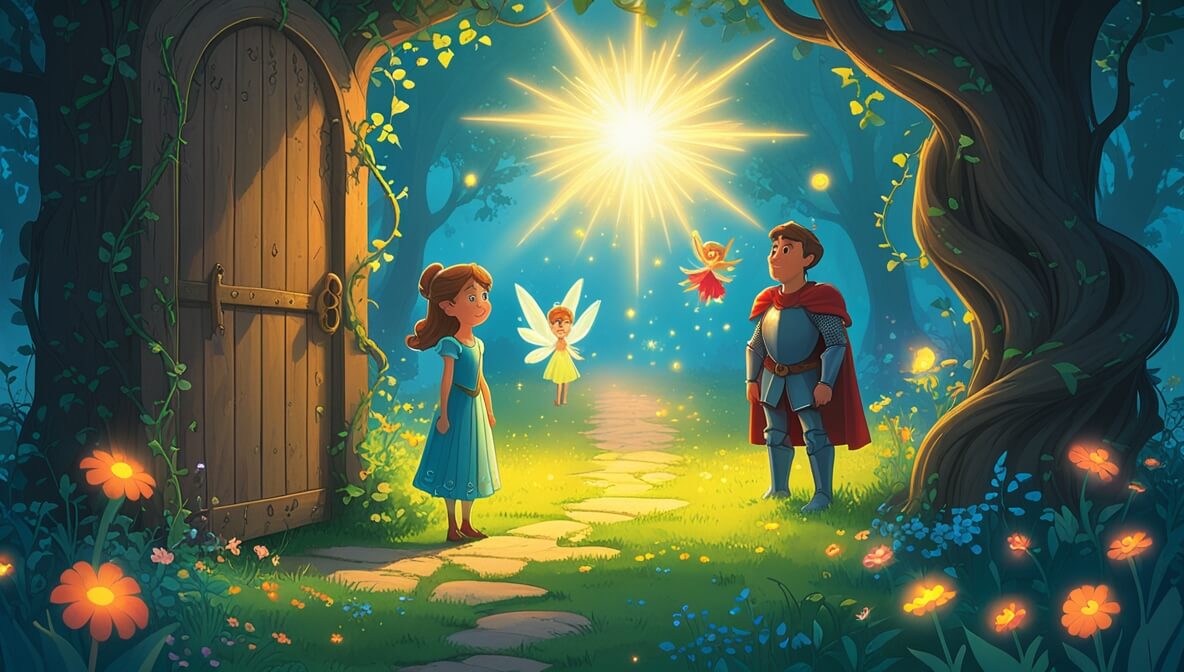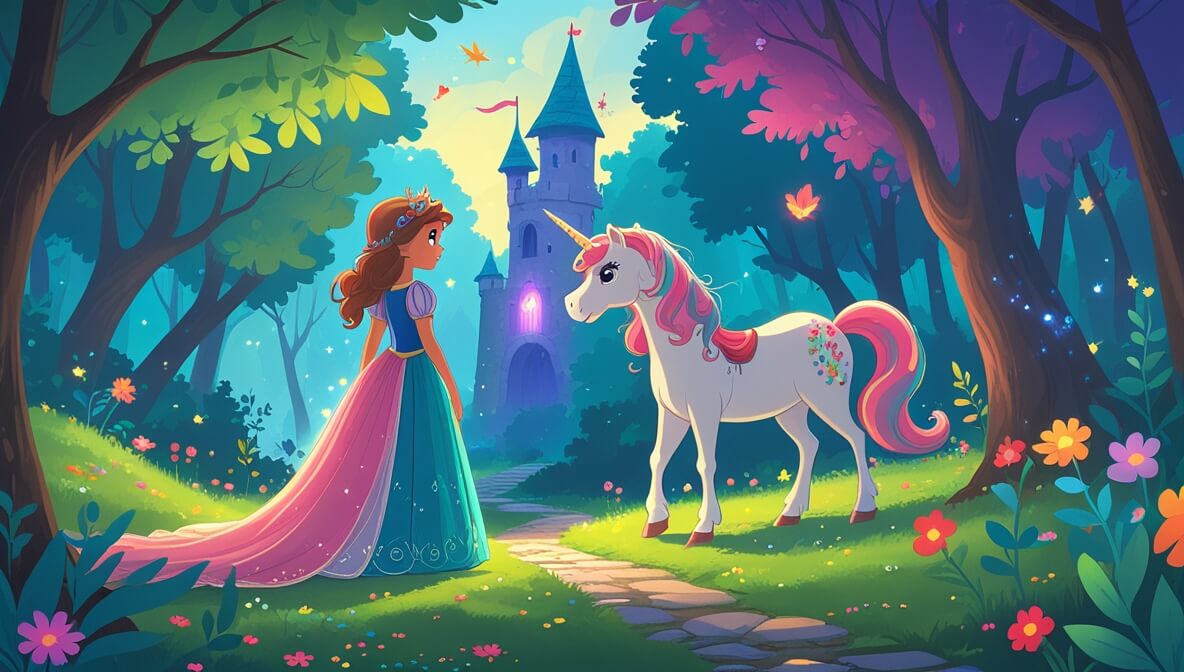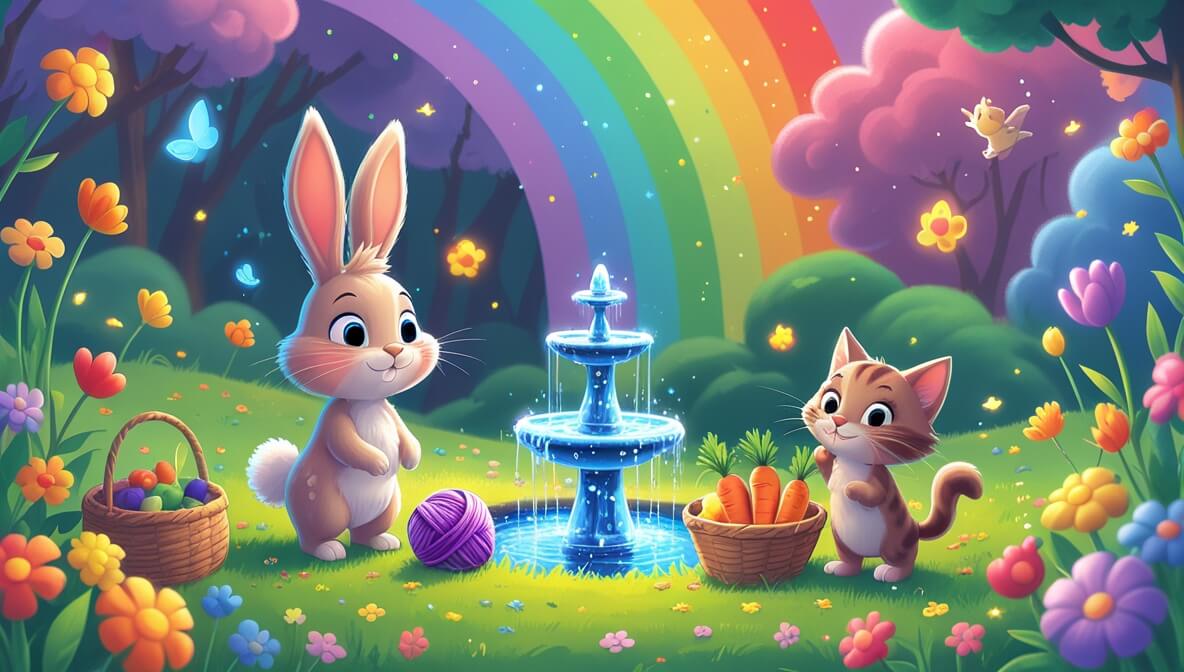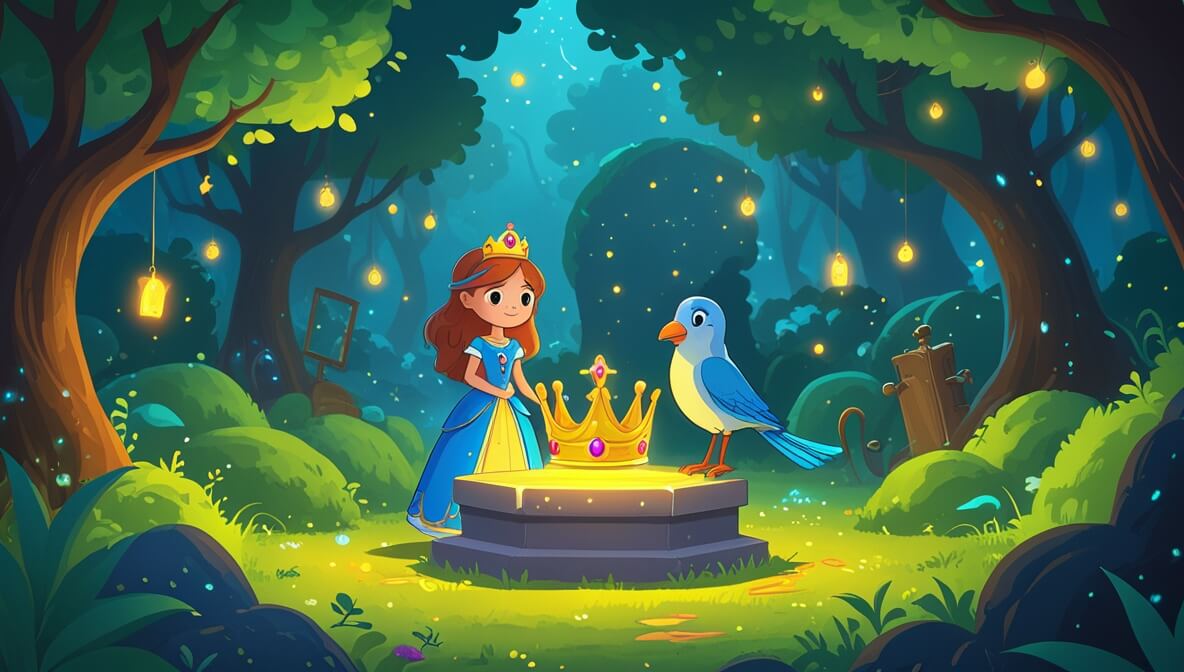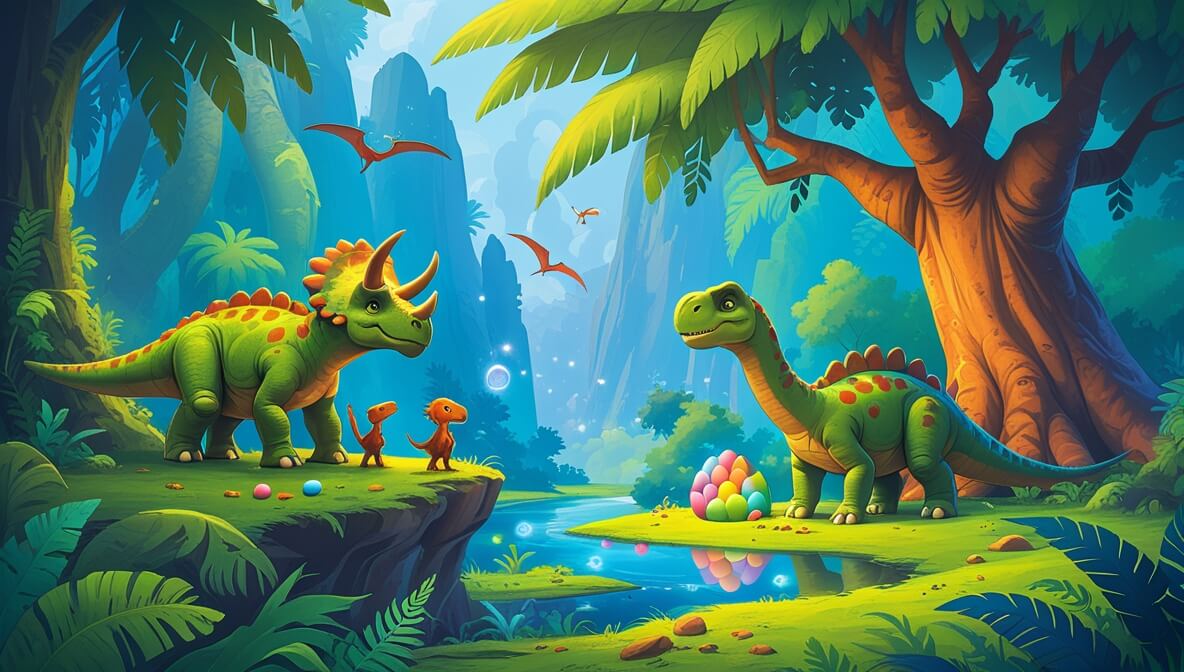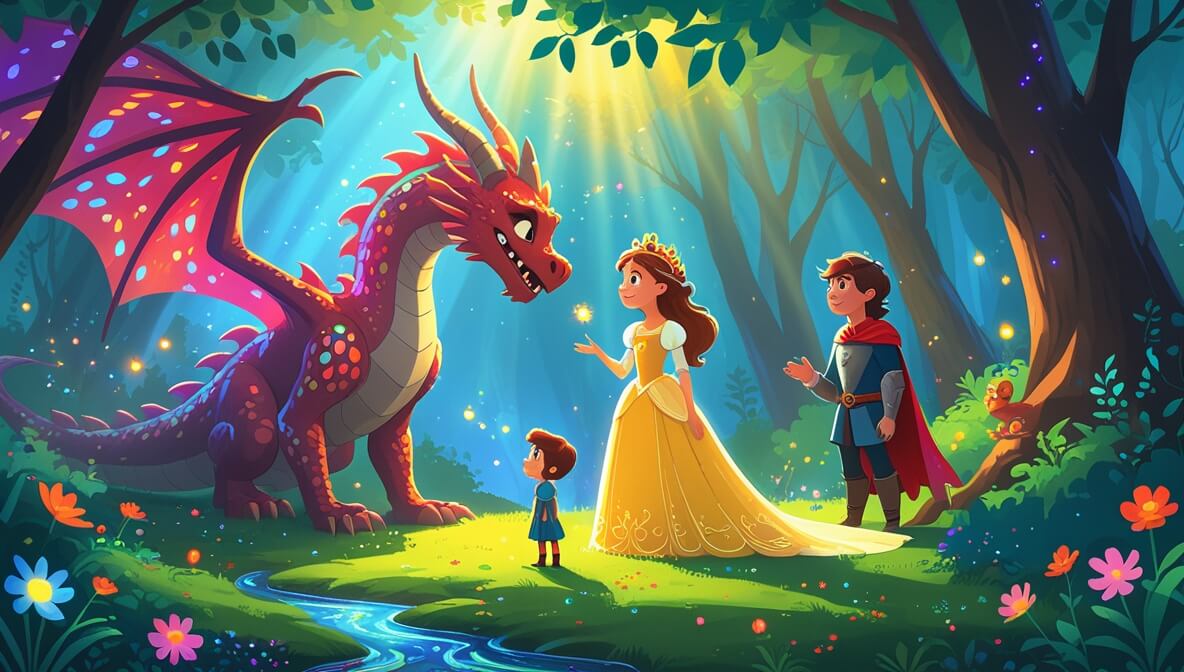In a mystical land, a curious little mouse named Flick embarks on an adventure to discover the secret of a magical fountain deep in the enchanted forest.
Age Recommendation
3 – 12 years
Characters
Characters:
- Flick (a curious and brave little mouse)
- Glint (a wise old owl who knows many secrets)
Story
The Curious Mouse
Flick was a tiny mouse with an enormous curiosity. Every day, he wandered around his little village, asking questions and exploring every corner. One day, he heard a whisper about a magical fountain hidden in the heart of the enchanted forest. Flick’s mind was filled with wonder. He decided he had to find it.
A Journey Begins
With a small backpack and a heart full of dreams, Flick set off on his adventure. As he entered the forest, he was greeted by the songs of birds and the rustling of leaves. Everything seemed alive and magical. Soon, he met Glint, the wise old owl, perched high on a tree branch.
Advice from Glint
“Where are you going, little Flick?” asked Glint. Flick looked up and said, “I’m searching for the magical fountain. Do you know where it is?” Glint nodded wisely and replied, “Follow the light of the moon, and you shall find what you seek.”
The Magical Fountain
Flick continued his journey, keeping Glint’s words in mind. As the moonlight guided him deeper into the forest, he finally arrived at a clearing. There, shimmering in the moonlight, was the magical fountain. Flick’s heart raced with excitement. He approached the fountain and took a sip of the sparkling water, feeling a warm glow spread through him.
The end.
Moral of the Story
The story teaches that curiosity and bravery can lead to magical discoveries, and that wisdom from others can guide us on our journeys.
Questions to Think About
- Why was Flick curious about the magical fountain?
- How did Glint help Flick on his journey?
- What do you think the magical fountain symbolizes?
- Have you ever been curious about something new?
- How can listening to others help us in real life?
Do You Know
- Owls are often seen as symbols of wisdom in many cultures because they can see so well in the dark.
- Mice have excellent hearing and can detect sounds that humans cannot hear.
Word Explorer
- Curiosity: Wanting to learn or know more about something.
- Adventure: An exciting or unusual experience.
- Magical: Something that seems like it has special powers.
Emotions in the Story
- Excitement: Flick felt this when he learned about the magical fountain.
- Curiosity: This drove Flick to start his journey into the forest.
- Wonder: Flick experienced this when he finally found the fountain.
Color Your Scene
Imagine Flick standing before the magical fountain in the moonlit clearing. Draw the scene using silver and blue hues to capture the glow of the moon and the sparkle of the water.
Parents’ Corner
Encourage your child to embrace their curiosity by exploring new ideas and experiences. Discuss how asking questions and seeking advice can lead to personal growth and adventure. Highlight the importance of listening to wise guidance, much like Flick did with Glint.

